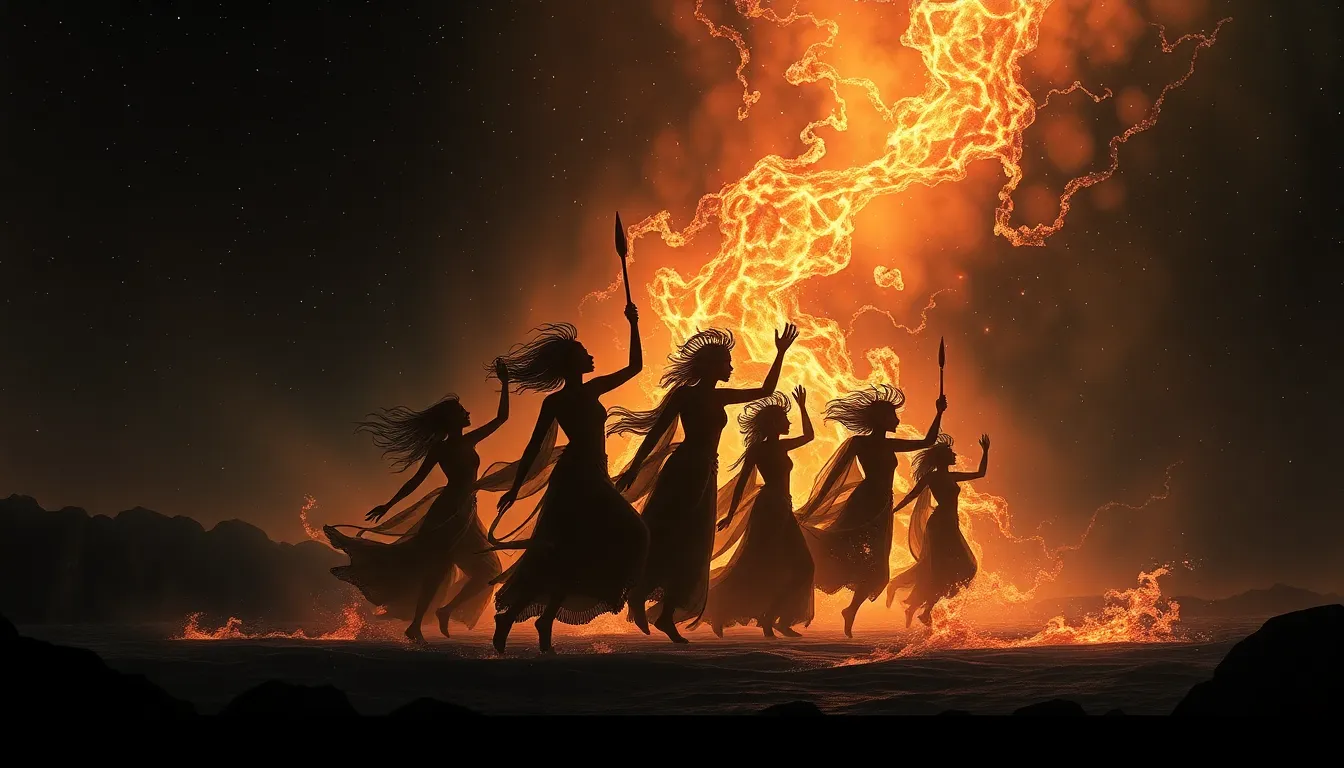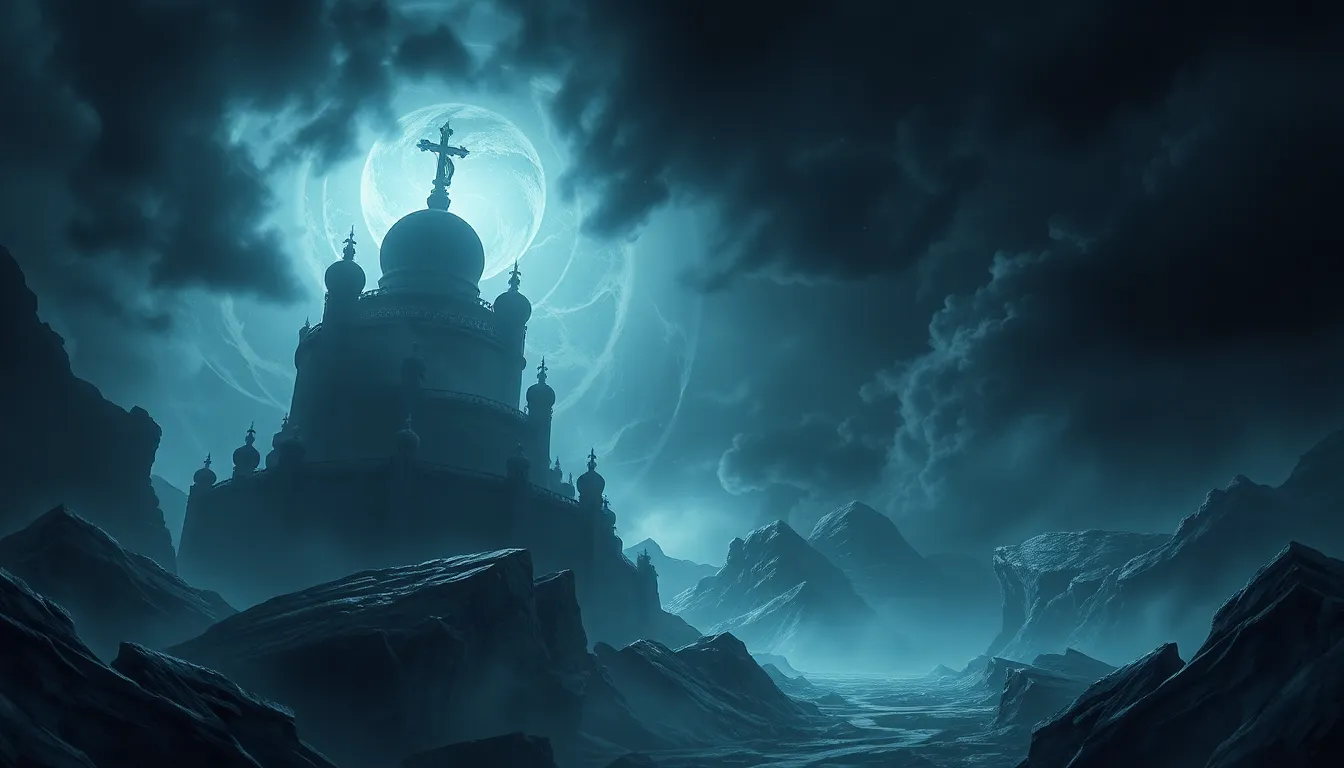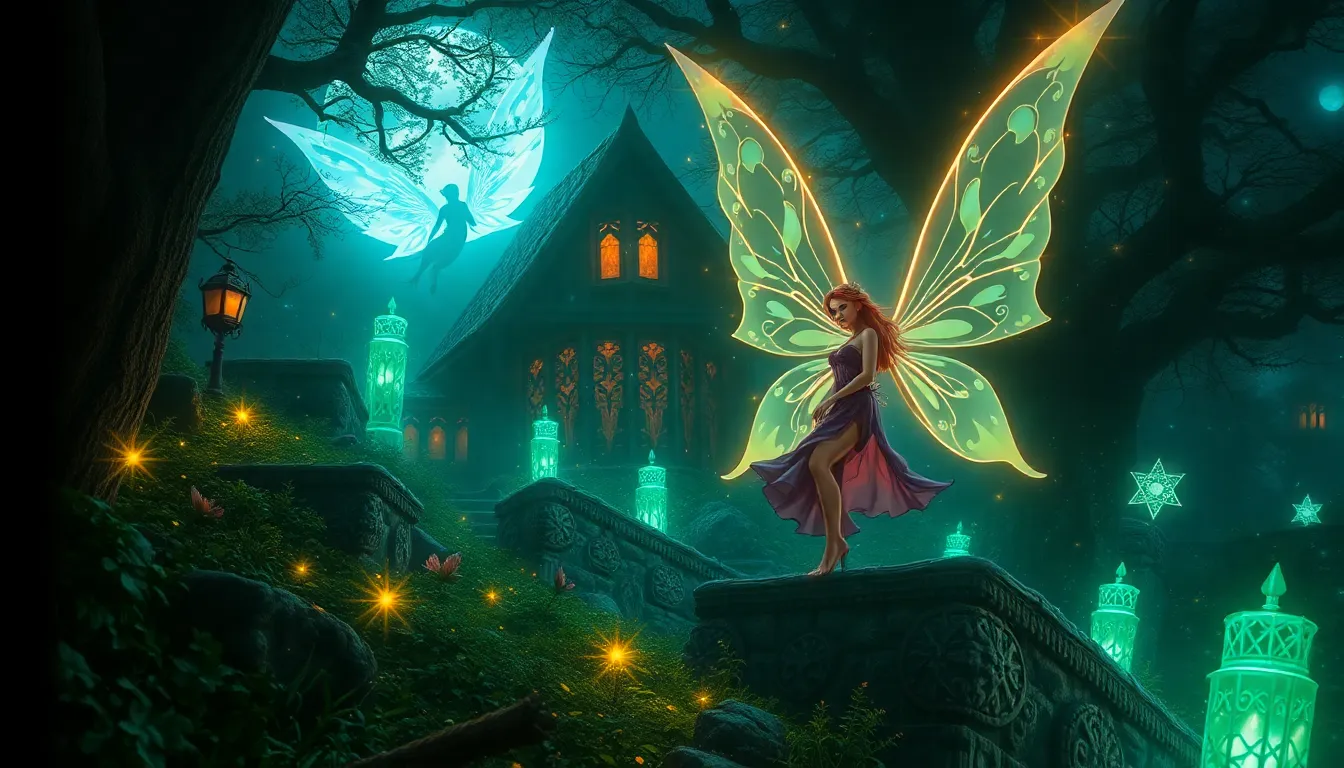The Kingdom of the Cosmic Dancers: Myths of Movement and Rhythm
I. Introduction to the Kingdom of the Cosmic Dancers
The concept of cosmic dance is deeply embedded in various mythologies across the globe, symbolizing the interconnectedness of existence through movement and rhythm. It reflects the belief that the universe itself is a grand performance, where every element plays a vital role in the choreography of life.
Movement and rhythm are significant not only in art and performance but also in the spiritual and cultural practices of communities. They serve as a universal language, transcending barriers and connecting people to deeper truths about existence and the cosmos. This article explores the rich tapestry of dance myths, their origins, symbolism, notable figures, and their evolution in contemporary culture.
II. The Origins of Dance Myths Across Cultures
Dance myths are prevalent in ancient civilizations, often tied to creation stories and the divine. Many cultures attribute the genesis of life and order to the rhythmic movements of cosmic dancers.
- Ancient Civilizations: In cultures such as the Egyptians and Mesopotamians, dance was integral to creation myths, often depicted as a divine act that brought forth the world.
- Ritualistic Practices: Dance plays a pivotal role in rituals, serving as a medium for communication with the divine and a way to invoke spiritual presence.
- Comparative Analysis: From the Polynesian hula to the Indian classical dances, similarities can be observed in how these cultures use dance to express their creation myths and connect with the divine.
III. The Symbolism of Movement in Mythology
In mythology, dance often serves as a metaphor for fundamental life cycles and the cosmic order. Each movement can represent various aspects of existence, from birth to death and rebirth.
- Life Cycles: Dance can symbolize the cyclical nature of life, highlighting the rhythms of birth, growth, decay, and renewal.
- Interpretation of Movements: Specific movements can convey messages or embody characteristics attributed to deities and natural phenomena.
- Body Language: The way dancers move speaks volumes, often expressing spiritual states and connecting the physical and spiritual realms.
IV. Notable Cosmic Dancers in Mythological Lore
Throughout history, many figures have emerged as iconic cosmic dancers, each representing unique aspects of their respective cultures.
- Nataraja: In Hindu mythology, Nataraja is the cosmic dancer who performs the Tandava, symbolizing the cycles of creation and destruction.
- Dionysus and the Maenads: In Greek mythology, Dionysus, the god of wine and ecstasy, leads the Maenads in frenzied dances that celebrate life and the divine.
- Native American and African Deities: Various Native American tribes and African cultures have deities associated with dance, often using movement as a form of worship and storytelling.
V. Rhythm as a Universal Language
Rhythm is foundational to human culture, acting as a bridge that connects individuals to each other and the cosmos.
- The Science of Rhythm: Studies show that rhythm can influence mood, foster community, and even enhance cognitive abilities.
- Connecting to the Cosmos: Many cultures believe that rhythmic movement aligns individuals with the universe, creating harmony and balance.
- Instruments and Percussion: Instruments such as drums and rattles are often central to mythological dances, providing the rhythmic foundation that drives the performance.
VI. Dance in Creation Myths
Creation myths often incorporate dance as a fundamental element in the narrative of how the world came to be.
- Role in Creation Stories: Many cultures depict the act of dance as the catalyst for creation, where movements shape the earth and bring forth life.
- Choreography of Creation: The movements described in these myths often reflect the forces of nature, illustrating how the physical world is formed through divine dance.
- Impact on Time and Space: Dance can alter perceptions of time and space in mythology, suggesting a fluidity between the human experience and the divine continuum.
VII. The Intersection of Dance, Emotion, and Spirituality
Dance serves as a powerful medium for expressing human emotions and spiritual journeys within mythological contexts.
- Expressing Human Emotions: Different dance styles convey a range of emotions, from joy to sorrow, often reflecting the human experience in relation to the divine.
- Spiritual Journeys: Many traditions use dance as a way to navigate spiritual quests, helping participants connect with their inner selves and the universe.
- Transformative Dances: Rituals incorporating dance can lead to profound transformations, offering healing and enlightenment to participants.
VIII. The Evolution of Dance Myths in Contemporary Culture
As cultures evolve, so do their interpretations of dance myths, reflecting modern values and global influences.
- Modern Interpretations: Contemporary artists often reinterpret ancient dance myths through new mediums, incorporating technology and fusion styles.
- Global Dance Trends: The exchange of dance styles across cultures creates a rich tapestry of storytelling, blending ancient myths with modern narratives.
- Cultural Preservation: Dance remains a vital means of preserving cultural heritage, allowing for innovation while honoring tradition.
IX. The Future of Cosmic Dance Myths
The future of cosmic dance myths is poised for exciting developments as new trends emerge and technology plays a role in preservation and evolution.
- Emerging Trends: New styles and forms of dance are continuously being created, influenced by global movements and cultural exchanges.
- Role of Technology: Digital platforms allow for wider dissemination and preservation of dance traditions, enabling new generations to engage with ancient myths.
- Potential for New Mythologies: In an increasingly globalized world, the blending of cultures could lead to the creation of entirely new mythologies around dance.
X. Conclusion: The Enduring Legacy of the Cosmic Dancers
The exploration of movement and rhythm in mythology reveals a profound connection between humanity and the cosmos. Dance myths, with their rich histories and evolving interpretations, continue to inspire and resonate across cultures and generations. As we navigate the complexities of the modern world, the legacy of the cosmic dancers reminds us of the timeless importance of rhythm, movement, and the shared human experience.



